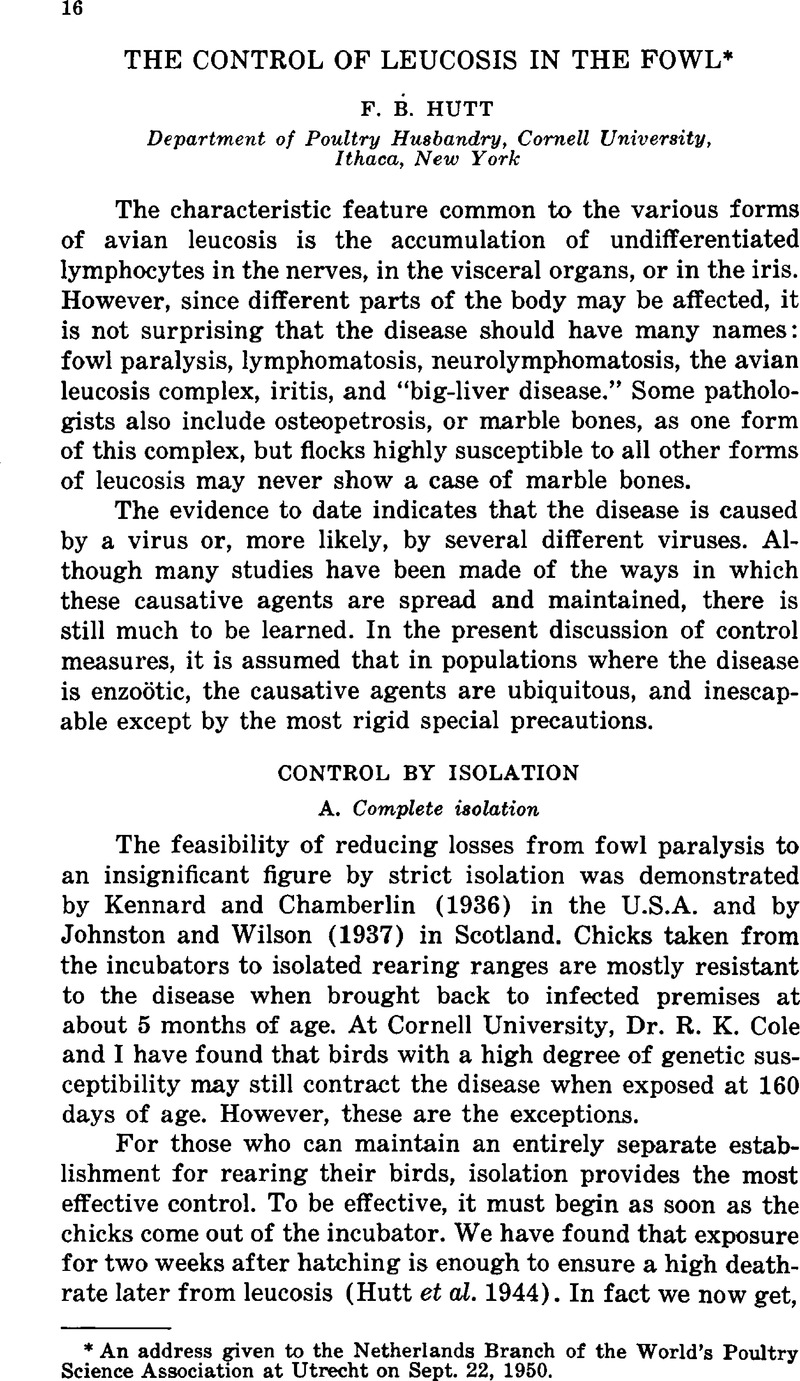Crossref Citations
This article has been cited by the following publications. This list is generated based on data provided by Crossref.
Hutt, F. B.
and
Cole, R. K.
1953.
On Fleas, Blood and the Control of Leucosis.
World's Poultry Science Journal,
Vol. 9,
Issue. 1,
p.
7.
Cottral, G.E.
Burmester, B.R.
and
Waters, Nelson F.
1954.
Egg Transmission of Avian Lymphomatosis.
Poultry Science,
Vol. 33,
Issue. 6,
p.
1174.
Biggs, P. M.
1964.
The Avian Leucosis Complex.
World's Poultry Science Journal,
Vol. 20,
Issue. 2,
p.
78.
Calnek, B. W.
1985.
Marek’s Disease.
Vol. 1,
Issue. ,
p.
293.
Biggs, Peter M.
2004.
Marek's Disease.
p.
8.



